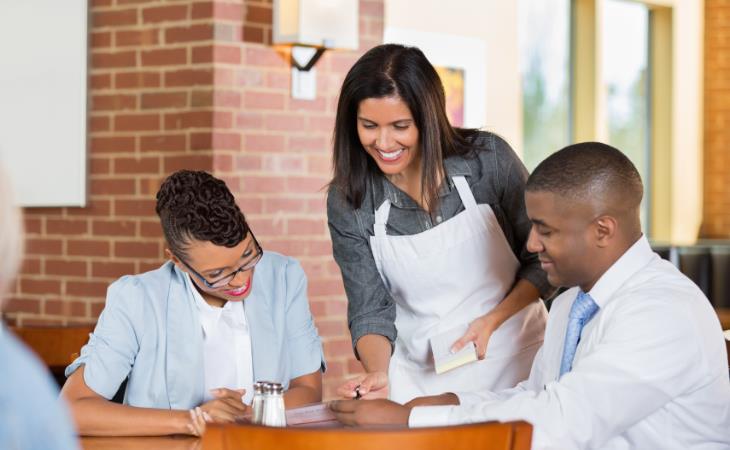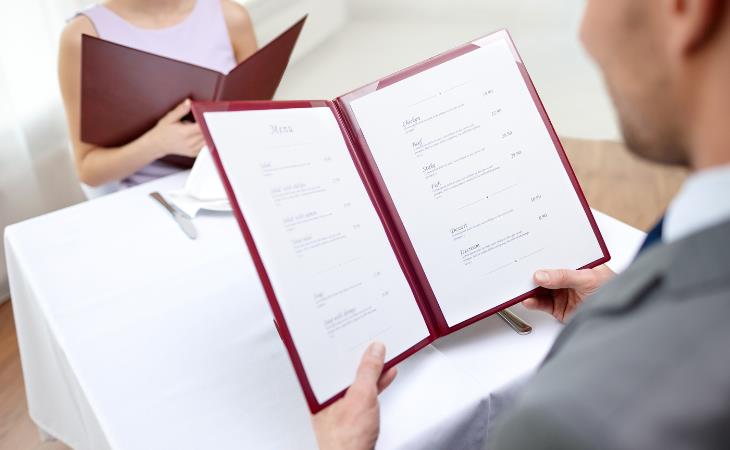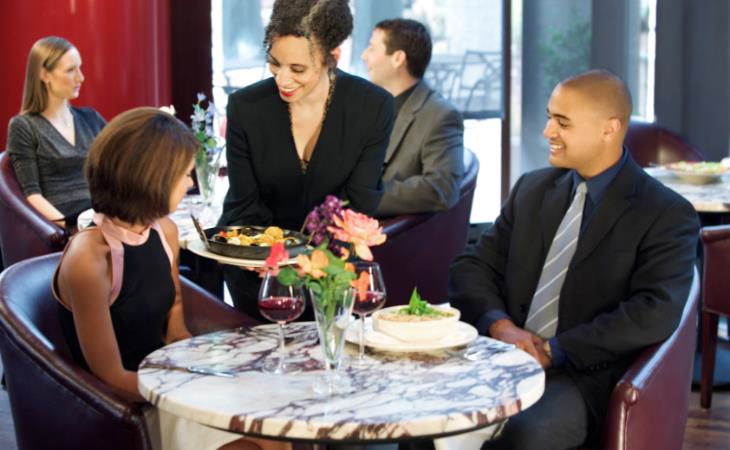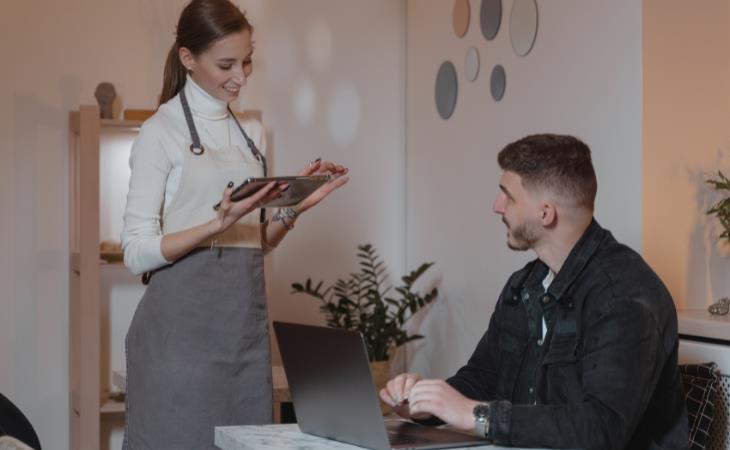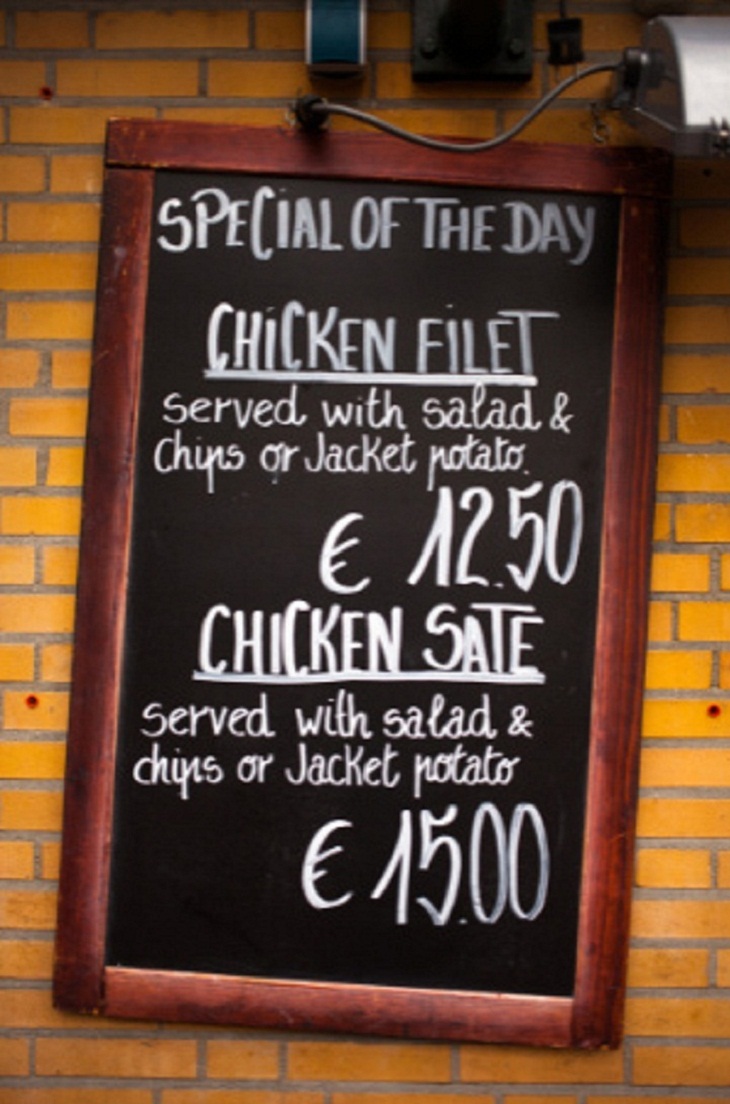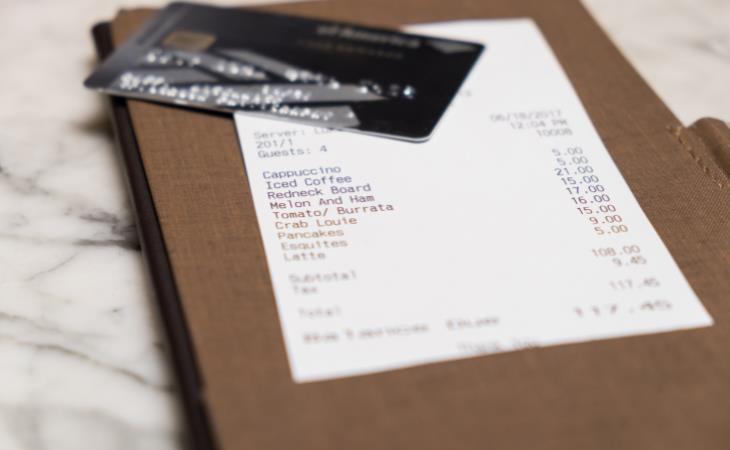When you head out to dine, the idea is to enjoy a good meal and great service, right? However, the truth is that some restaurants - and servers - have a few tricks up their sleeves to get you to spend more money. This is why it's easy to leave many such places with a full stomach and an empty wallet, none the wiser.
Whether it's the staff's genuine enthusiasm for the "special of the day" or the cleverly designed menu that guides your choices, these tactics are often subtle, yet effective. While most restaurants aim to provide a great experience, some aren’t above using these sneaky schemes to boost their bottom line. Below, we'll dive into the underhanded ways some restaurants might just be tricking you into spending more money.
Related: After Reading This, You'll Avoid the Pepper at Restaurants
1. Using price decoys
Most restaurants want you to order the dishes that make them the most money, not the most expensive ones. To do this, they often put a very high-priced item next to a slightly cheaper item on the menu. This makes the cheaper item look like a better deal. This is called "decoy pricing." The expensive item is like a "decoy" to make you choose the cheaper one.
2. Using boxes and borders to highlight “special” items
Restaurants often use boxes, lines, or empty spaces to highlight certain menu items. These items are usually what they want you to order. Don't let the fancy design trick you. You might find better choices elsewhere on the menu.
3. Giving customers a drink menu early on
Restaurants often give you a drink menu as soon as you sit down. There are reasons for this. One reason is that you're more likely to order dessert after drinking alcohol. Another reason is that alcohol can make you hungrier. Studies show people eat more when they drink alcohol. This is because alcohol affects the part of your brain that controls how hungry you feel.
4. Servers offering dessert "another glass of wine"
When your server asks if you want dessert "or just another glass of wine", it might seem like they're just being friendly. But the truth is, desserts aren't super profitable for restaurants, and people are only willing to pay so much for them. By throwing in the wine option, the server gives you an easy out if you don't want dessert. Plus, wine is actually a better deal for the restaurant - it's a lower commitment for you, but more money for them.
Industry insiders say that cocktails can rake in double the money of a dessert, all without holding up the table at the end of the meal.
Related: HILARIOUS: These Menus Are Just WRONG!
5. Table talkers
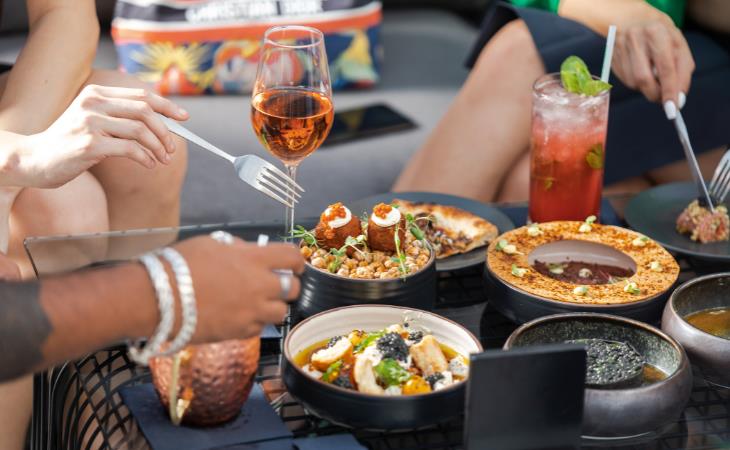
You know those little stands and flip-cards that sit on your table at a restaurant or bar? They're like a second menu, designed to catch your eye and tempt you while you're waiting for your server or food to arrive. They work similarly to those impulse buys you see at the supermarket checkout - trying to grab your attention when you're not really thinking about it. Restaurants use them to sell things you might not order, like expensive drinks or rich desserts. It's easy to say no to a waiter, but ignoring a tempting picture on a menu is harder.
6. Offering fewer choices
Too many choices on a menu can be confusing for customers, so they often pick something familiar and cheap. Some restaurants have found that offering fewer items, especially their most expensive ones, can actually increase sales. Menus with sections like "steaks," "drinks," "salads," and "seafood" usually have about seven items in each group. Restaurants think too many choices might confuse people.
7. When servers suggest a "personal favorite"
Sometimes, servers will act like they really love a dish to convince you to order it. Even if they haven't tried everything, they might say their favorite dish is among the pricier ones. It's a way to make you want to try it. So think twice before considering a server's "personal favorite" dish in a new restaurant.
8. Bundling up menu items
Restaurants often combine items to make them seem like a better deal. This happens everywhere, from fast food to fancy places. For example, they offer meal deals or suggest pairing certain dishes with drinks. It's a way to get you to spend more without realizing it. The best way to avoid this is to know exactly what you want before you order.
9. Automatic gratuity
Some restaurants automatically add a gratuity to the bill, which is meant to help out their servers, who rely on tips for income. However, if it's not clearly marked on the check, you might accidentally end up tipping twice. This can happen if there's a blank line for an additional tip, making you think you need to add more. Remember, any extra cash you add goes directly to the server, but it's still coming out of your pocket.

